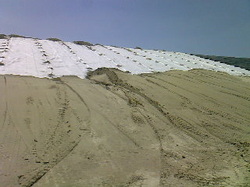
The soil remediation is a complex activity (environmental technology) and it needs a long and accurate (thorough) preparation. (About the preparation and feasibility study an other article will be written.)
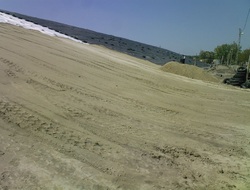
The harmful effects of various activities can be studied, the most visible is the effect of the chemical industry which has a large effect, impact and high risk on soil, air, groundwaters and surface waters. We could also mention the activities of companies in hard industry. In these technologies are produced metals and their salts, machines, medicines, oil, etc.
The one of the specific methods of the remediations is the mitigation or removal of effects of landfills. In this point we can say the waste management and remediations are familiar and they need to work together. In modern era there are regulations how a landfill insulated and works. The landfills need complex operation, treatment and after-work-operation (aftercare, rehabilitation).
From the old landfills, which have no insulation between waste and soil and which should be closed in Hungary, the rain brings soluble pollutants from the waste. They will be appear in ground water, and they are risk to the drinking water basis.
A tasks of the remediations is the aftercare of these landfills and to stop or prevent the pollution spread.
An other example is the aftercare of the old military bases and airports.
To plan the remediation we need to choose the method, the devices, and we are not allowed to forget the money available. It should be calculated that the remediaton will be sometimes 5-10 years long or longer.
Some machines and equipments are required: pumps, extractors, engines, valves, tubes, strippers, destillation columns. The flow speed of ground water, quality (what is the pollutant) and concentration of pollutants, depth of ground water are also required data.
It is also important the equipments to be frost tolerant otherwise they need to be insulated or heated.
There are two type of methods: in-situ and ex-situ.
By the first method the damages are treated in site without removal of soil. In ex-situ technology the polluted soil and water will be removed and will be treated in an other equipment or facility.
The applied method depends on the size of the polluted area, quantity of soils and ground water, period of technological intervention and economic instruments available.
As an example we could mention the remediation of the territory and security forest of the former Metallochemia company. The method was ex-situ: all polluted soil from the former company and small gardens were removed, the dust from the houses were also removed, the forest was liquidated. The buildings of the company also were destroyed. Finally, the soil was changed to fresh and healthy soil, the removed soil, building materials and dust were deposited in a landfill for emergency wastes. This landfill is part of a road and in case of waste quantity was constructed on the territory of the former Metallochemia.
A typical example as a long-term remediation is a landfill of emergency wastes without insulation between soil and waste.
Unfortunately, at the beginning of the remediation the implementation was not carefully, the water-closing layer (clay) was damaged, when the monitoring wells were constructed. In this case the pollution was flown down to the next deeper groundwater layer and polluted that. This remediation and groundwater-cleaning is not closed yet.
On the leading picture: closing process of landfill for hazardous wastes from Metallochemia remediations. The other pictures were taken also at the remediation area in 2007 and they were taken by the editor of this article.
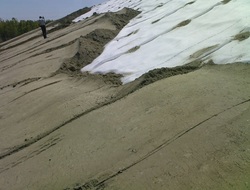
The picstures were taken by the author at 23. Nov. 2005. and 02. Aug. 2007. The map was also edited from Google Maps.
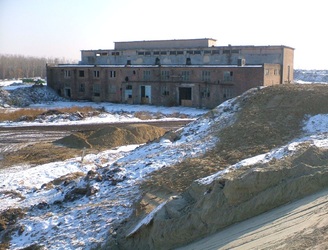
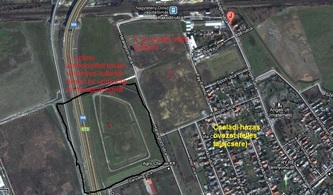
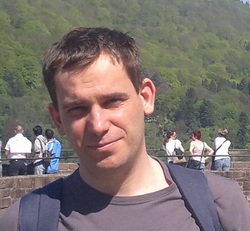
 RSS Feed
RSS Feed
